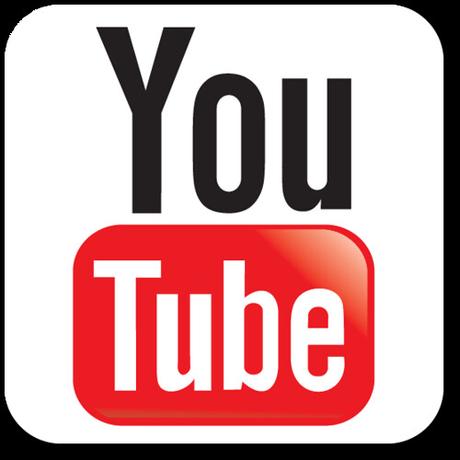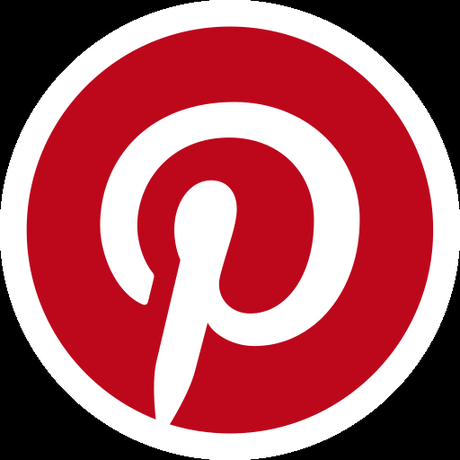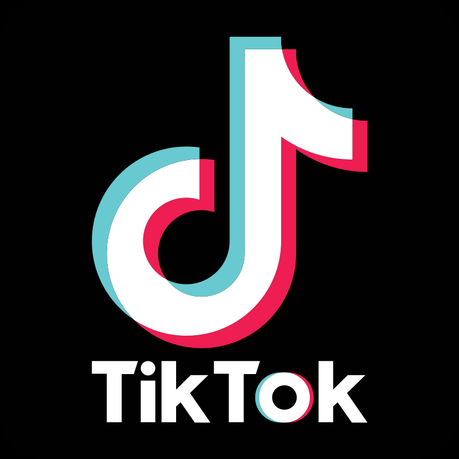Writing for Search Engine Journal , Kristi Kellogg , CEO and Founder at Dazzling Digital , makes the following observation . "While Instagram might be a powerhouse for one brand, it'll do nothing for another - and while one business might have tons of engagement on Facebook, another business will gain more traction on LinkedIn."
Before you start checking into the specifics of each platform, ask yourself the following questions:
- Is your company business-to-consumer (B2C), business-to-business (B2B) or a bit of both?
- Who is your target market? Your answer should include their age range and gender, location (region, urban, suburban, rural, etc.), homeowners/non-homeowners, pain points, etc. It's important to be as specific as possible.
- What is your marketing goal?
The answers will help focus the selection process and allow you to make well-informed choices.
Be cautious of hot, trendy social platforms and shiny objects
In addition to feeling the need to be on every social media platform, another typical pitfall for newcomers is to jump on whatever hot, trendy platform is in the news. In social media lingo, it's called FOMO - fear of missing out - but it also can waste your time and resources, and even make your business susceptible to ridicule by users who don't think you belong on "their" platform. All the more reason for you to keep reading. Class is now in session!
The top social media platforms for business - which sites are right for yours?

"On Facebook, you can target by age, gender, employment, interests, purchasing behaviors, relationship status and so much more! This gives you the power to target your exact audience and put your ads and content in their newsfeed where they are already scrolling."
Our July 11, 2019 blog post - " Does Facebook Make an Impact on My Business? " and our August 2, 2019 blog post - " Why Should Your Business Invest in Facebook Ads? " - go even more in-depth about the marketing power of Facebook and how to harness it.
But as we emphasize, organic reach alone won't move the needle. That is, posting regularly on your Facebook Business page will not get your posts seen by many people. Facebook changed its Newsfeed algorithm in early 2018, giving content from brands and publishers lesser priority than content from groups and friends. This has had the effect of reducing the organic reach of Facebook business pages.
You need to invest in Facebook ads as well as post engaging content . Ironically, Facebook ads can amplify the reach of your content - so that by using ads, you'll actually get more organic reach for your content! Organic and paid social media work best when implemented together - a fact that holds true for other social media platforms.

Facebook Messenger - Part of Facebook, the Facebook Messenger app allows Facebook users to send direct messages to one another. Facebook has advertising campaigns that are specifically developed for Facebook Messenger. As Lyfe Marketing notes, "If your business model is more focused on lead generation as opposed to ecommerce or more immediate online conversions, then this may be a good option for your business!"

If your brand targets this demographic, Instagram is likely a good choice for your social media lineup. The trick is in making the most of it through the right combination of organic posts and paid ads.
This is a highly visual platform, which means posts need high-quality photography and interesting subject matter. Blurry, badly composed photos won't engage visitors or garner followers. Text is secondary to Instagram posts, so don't expect lengthy copy to compensate for poor-quality images. Also, some products and services are just not "Instagramable." Nothing wrong with that, of course. But if this is the case, Instagram is the wrong platform for your business.

Twitter's 280-character limit favors brief posts out of necessity. Some businesses that enjoy great success with the platform include food trucks, which tweet their routes for the day, featured menu items and special offers. Their loyal followers retweet information and spread the word among their own Twitter followers.
Twitter is also an optimum platform for web series, local theaters, independent bookshops and other small businesses that want to build a loyal customer base. Conversely, national and global brands use it to engage with their target audience on a more personal level through short videos, stories about how people integrate the brand into their lives, special offers, etc.
The key to Twitter is engagement. If you think of Twitter as a megaphone or billboard to broadcast the message you want to get across, you need to reconsider your approach - which, by the way, won't work on any social media platform.


As Lyfe Marketing notes, YouTube mimics its parent company in that you can optimize the search of your company's videos with the proper keywords. "Without having to spend extra money on advertising dollars, you can make your YouTube videos have higher search rankings by including the searched keywords in your title, video description, and actual list of keywords in the keywords tool."
Constantly bombarded by videos all over the internet, audiences are more demanding than ever - and will immediately dismiss a poor-quality video. Invest in professional animation, voice-over talent, editing and sound mixing. If your video will be live action, hire an actor, or invest in a session with an acting or broadcasting coach to help you polish your on-camera delivery technique. Hiring professional talent should not be difficult or particularly expensive.

Pinterest is all about discovery, so if your brand offers a product or service that's photogenic and useful - or aspirational - Pinterest may be a good fit. Again, poor-quality photos and images don't make the cut here. In fact, there's a thriving "Pinterest vs. Reality" subculture in which people share their photos of the perfect cake or other hand-crafted good as pictured on Pinterest, compared with their own decidedly flawed result. If you can't literally achieve the picture-perfect Pinterest image, this is not the right platform for your brand.

Reporting for Social Media Today on advertising on TikTok, writes, "For targeting, TikTok offers age, gender, and state-level geo-targeting, and the company has also promised interest, behavioral, more granular demo targeting over time."
Now about the China connection. While Facebook and Twitter are certainly no strangers to controversy, the U.S. government has launched a national security review of ByteDance's acquisition of Musical.ly. U.S. lawmakers have been calling for a national security probe into TikTok, concerned the Chinese company may be censoring politically sensitive content, and raising questions about how it stores personal data.
The choice is ultimately yours - but we can help
We hope we've given you a starting point in helping you decide which social media platforms are right for your business. As you can see, making the right choices - and putting the right content out there - is a more complex process that initially meets the eye.

